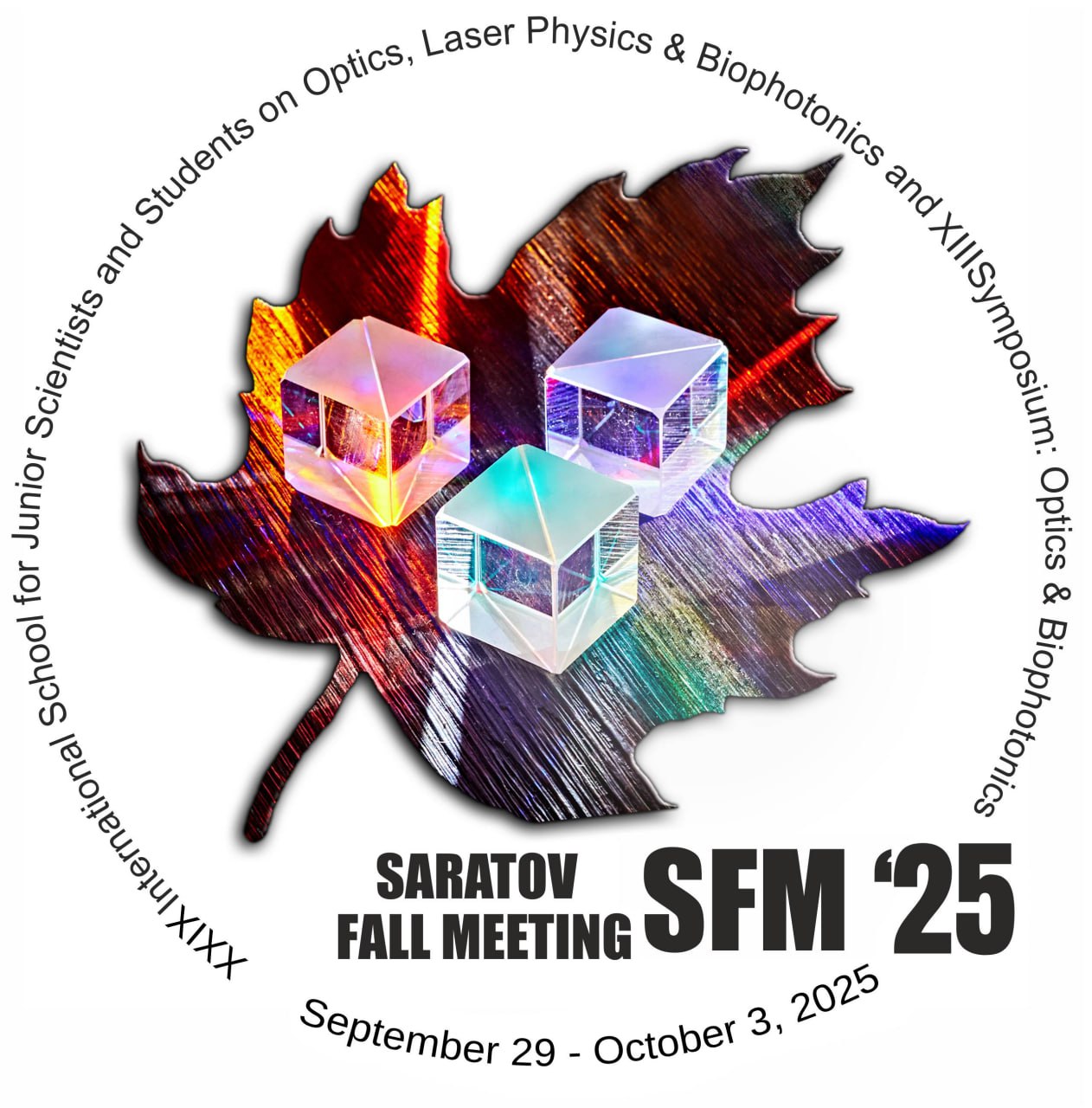«Smart ardor»: selective low-power IR-laser activation of conformational DNA transformations in bacteria for desinfection and sterilization
Sergey I. Kudryashov,1,4 Victor Kompanets,2 Svetlana N. Shelygina,1 Eteri R. Tolordava,1,3-4 Andrey A. Ionin,2 Yulia K. Yushina,4 Sergey V. Chekalin,1 Michael S. Kovalev,5
1 Lebedev Physical Institute, Russian Academy of Sciences, Moscow, Russia
2 Institute of Spectroscopy, Russian Academy of Sciences, Troitsk, Russia
3Gamaleya National Research Center for Epidemiology and Microbiology, Moscow, Russia
4 V.M. Gorbatov Federal Scientific Center for Food Systems, Russian Academy of Sciences, Moscow, Russia
5 Bauman Moscow State Technical University, Moscow, Russia
Abstract
Ultrafast dissociation of hydrogen bonds occurs in predetermined organells inside cells of bacterial cultures of Staphylococcus aureus and Pseudomonas aeruginosa exposed to low-power ultrashort pulses in the mid-IR range in the region of their characteristic absorption bands of DNA, proteins and lipids. The vibrationally-promoted inactivation in a micrometer-thick layer of pathogenic bacteria by low-power mid-IR femtosecond laser radiation in the spectral ranges of ~ 3 and 6 μm, followed by microbiological viability examination, pre/post-FTIR and SEM characterization, indicates the impressive promises of the spectrally-selective conformational control of bacterial viability via hydrogen bonding. The novel mid-IR laser technology paves the way for efficient remote desinfection and sterilization of challenging antibiotic-resistant medical and food-industry bacteria.
Speaker
Sergey I. Kudryashov
Lebedev Physical Institute
Russia
Discussion
Ask question


